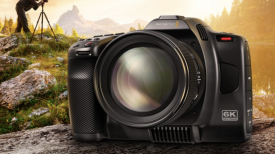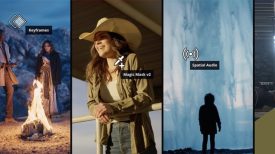
There has never been a better or worse time to buy gear. That title might sound like a total contradiction, but we currently find ourselves living in a strange world.
Prices of gear have never been cheaper, and with the impact of the Coronavirus, we are also seeing a lot of manufacturers reducing prices to try and move stock.
The problem is, almost everyone in our industry has been affected by the global pandemic. A lot of us have no work at all, and that means that finances are extremely tight. If you have a mortgage or rent to pay, children to feed, or even just bills to pay, this is hardly the right time to be buying new gear.
Gear has never been cheaper
In 2020, you not only have a massive selection of gear available, but everything is at historically low prices. It always annoys me when people complain about the prices of gear and then winge about that product not having this feature or that feature. We are literally spoilt for choice and there are so many great options out there at a wide range of prices.
Here is one way to look at it. 20 years ago your local eatery street may have only had a Chinese and an Italian restaurant and that was it. Now it has Italian, Chinese, Indian, Thai, Mexican, Japanese, Korean, French, German, etc.
Well, the same goes for gear. No longer are you limited to just a few choices, now you have a wide choice to whet your appetite.
Cameras used to be very expensive
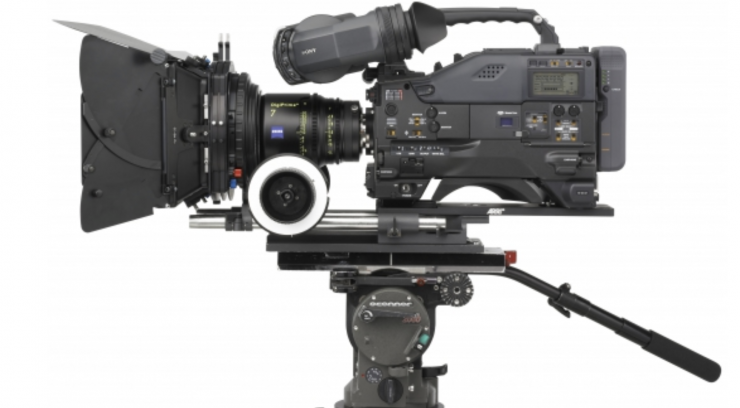
I don’t want to sound like an old-timer, but it wasn’t that long ago that cameras were really expensive. If you are under 30 you may not have any clue how much gear used to cost back in the day.
It is easy to forget that 20 years ago if you wanted to shoot digital HD at 24p, you had one choice. Today, even the cheapest prosumer cameras can shoot HD at 24p. In 2000, George Lucas was pushing the technology envelope by shooting digital on the Star Wars prequel Attack Of The Clones. The camera he used was the Sony CineAlta HDW-F900, a 2/3″ 3CCD sensor camera. The camera, despite its shortcomings, was responsible for pushing digital acquisition. The camera ultimately won a 2004 Emmy for Engineering. If you wanted to try and achieve the look of 35mm film on video, shooting HDCAM on the HDW-F900 was your only choice in 2000. At this stage, film was vastly superior to any type of digital capture.
The Sony F900 was around $82,000 USD just for the camera body. Not only was it being used by some filmmakers, but it was also one of the go-to choices if you were shooting high-end current affairs or broadcast TV, and it continued to be for more than a decade.
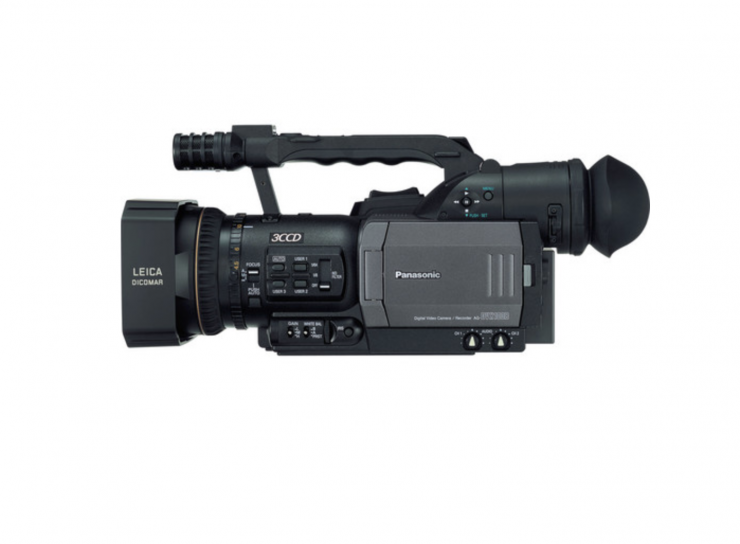
In 2002, the Panasonic DVX100 appeared. It was the first affordable camera to shoot 24p. Yes, it wasn’t a Sony F900, as it could only shoot standard definition in 4:3, but being able to shoot 24p for $4,000 USD was a huge deal in 2002! The DVX100 was an important step in the evolution of camera technology. Seasons 1-5 of the popular TV show It’s Always Sunny In Philadelphia were shot with the DVX100. The camera was also a popular choice for Indie filmmakers on a budget.
The DVX100 was the camera that helped lay the foundations for future affordable cameras.
So, let’s go back to 2005/2006. That is only 14 years ago. If you were working in broadcast television and you were freelance you would have had to outlay close to $100,000 USD for a camera such as the Sony HDW-700A and two B4 2/3″ lenses. That price didn’t include a tripod, lights, or anything else that you required.
What is important to remember is that if you bought a camera like a Sony HDW-700A or an F900 back in the day, you could easily get a decade of use out of it. The big outlay was offset by knowing that you could pay it off over a long period of time. There were not a lot of options back in those days and cameras weren’t getting replaced every couple of years with new models.
The RED ONE
In 2007, RED started shipping the RED ONE, 18 months after it was first announced at NAB 2006. The RED ONE featured a Super 35mm sensor and it could record 120fps at 2K resolution and 60fps in 4K resolution. It also used a proprietary RAW format called Redcode.
The RED ONE was the first ‘truly affordable’ digital cinema camera, and whether you love or loath RED, you need to give them a lot of credit for helping the industry to move forward.
The RED ONE initially cost $17,500 USD for the base system. While that sounds like a lot of money, in 2007, that was a whole lot of camera for not much money.
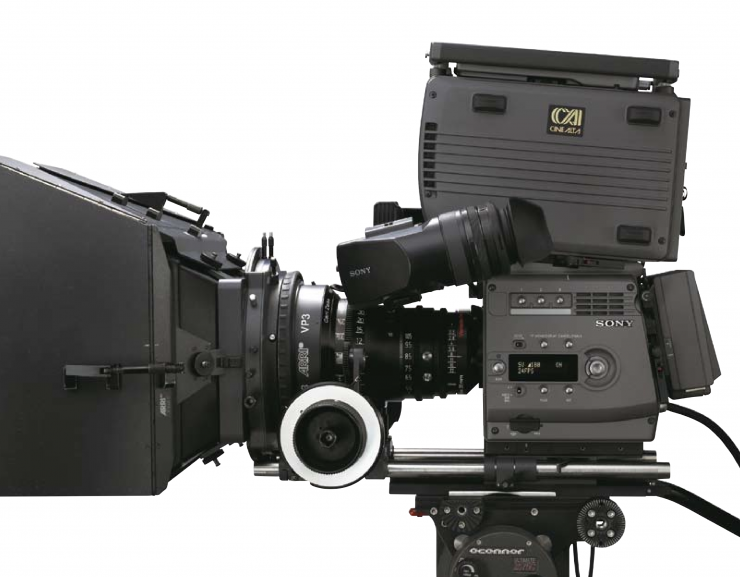
In contrast, back in 2008, a camera such as the Sony F35 set you back $250,000 USD. No, that is not a typo, it was a quarter of a million dollars. The F35 was used on countless TV series as well as feature films such as Tron and Real Steel. The Panavision Genesis, which is essentially the same exact camera, shot movies such as Superman Returns, Immortals, 2012, and Ted.
Canon 5D Mark II
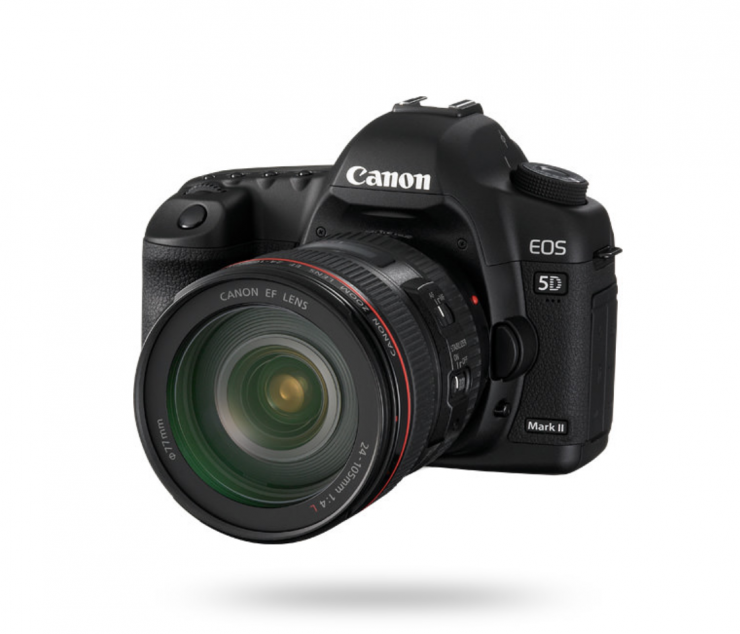
I’m not going to harp on about the Canon Mark II because everyone knows the story and the impact it has had on our industry.
All I am going to say is that this is the camera that changed everything. While we have to give RED and Panasonic some credit, it was the 5D Mark II that forced manufacturers to come up with much more affordable and capable camera options that used larger sensors.
Spoilt for choice
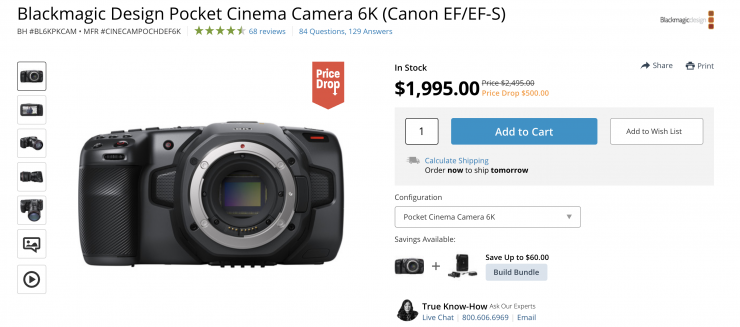
In the last 10 years, the prices of cameras have plummeted. Nobody should be complaining about the prices of cameras in 2020. Because prices are so low so many more people can now get into the industry without having to outlay a lot of initial capital.
Whether you have $1,000 to spend or $50,000 to spend, there are so many choices. Almost EVERY camera that is out there today is capable of producing results that are as good, or a lot better than cameras that cost $80-100,000 USD just 10-12 years ago.
Anytime you want to complain about the prices of gear, just have a think back to how much a camera used to cost.
A whole new market evolved
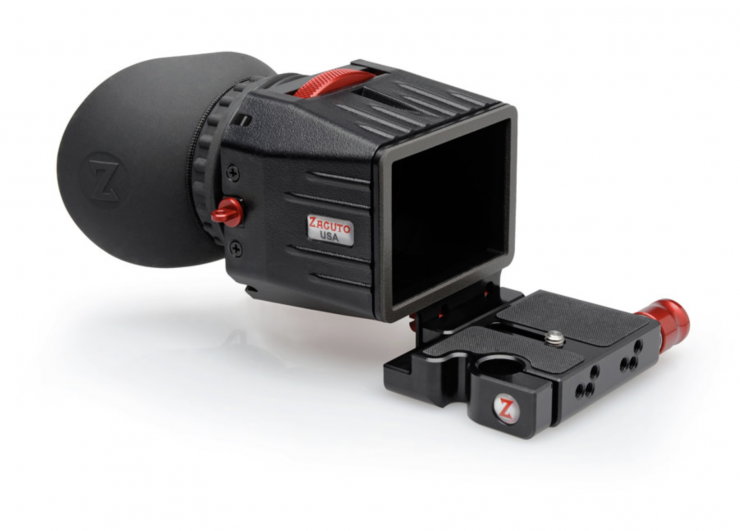
You only have to go back 10-15 years and there weren’t many companies making accessories, lights, monitors, etc. With the boom of the DSLR revolution, countless companies emerged and that number continues to grow every year. A lot of these companies were born out of a need. If you had a DSLR you needed a loupe to see the screen, you needed a cage to add accessories, you needed an ND filter, you needed a lightweight tripod, etc.
Then when the affordable digital cinema cameras came along and LED lighting technology first emerged that market went bananas. Gone were the days where you bought a camera that was completely self-contained and all you needed to do was add a lens and a battery. Suddenly you had cameras that needed to be built-up and customized. Along came lens mounts, top plates, cages, shoulder rigs, external monitors, different battery and power solutions, audio, and a host of other accessories.
LED lighting allowed you to run lights off-camera batteries remotely. Lights got brighter, smaller, softer, and a lot more versatile.
The flipside to this flood of products coming to the market every year is that these products lose their value very quickly as there is always something new coming to market. You need to factor in how long you can use something you buy and weigh it up over the initial cost of that purchase.
Tripods, audio, and lenses are all good long term purchases. Cameras are not!
Coronavirus

The Coronavirus has devastated a lot of people’s incomes, not just in our industry, but across almost all industries. Even though the prices of gear are historically low and companies are further slashing prices to move stock, that doesn’t mean you should be buying new gear.
If you have plenty of savings and disposable income then it is a great time to buy, but for a lot of people, that is not the case. If you were relying on work that you had lined up to pay your bills, and now that work is gone you can quickly find yourself in financial difficulty very quickly.
If you are a freelancer then the situation may be just as perilous as a staff member who has lost his or her job.
As a freelancer, you need to save and budget for times when there is no work or a downturn in work. You should never rely on thinking that I am going to make this many $ this year because I did last year. Things can change very rapidly in this industry and unforeseen circumstances like a virus, natural disaster, or war can throw even the best-laid plans straight out the window.
Freelancers need to set aside money every year and not spend, spend, spend. Have a plan, stick to a budget and make sure you can cover your mortgage/rent and all of your bills in the event of work drying up.
Instead of buying that lens or that new camera that you may not actually need, think about setting that money aside. It is best to think of this as your own insurance. Of course, this is not always going to be possible and you may need to spend that money elsewhere, but if you can set it aside and treat it as money you never actually had, it will be there in emergency situations when you need it. In situations like the one we are facing right now, that may well mean the difference between keeping your house or being out on the street.
The fascination with gear
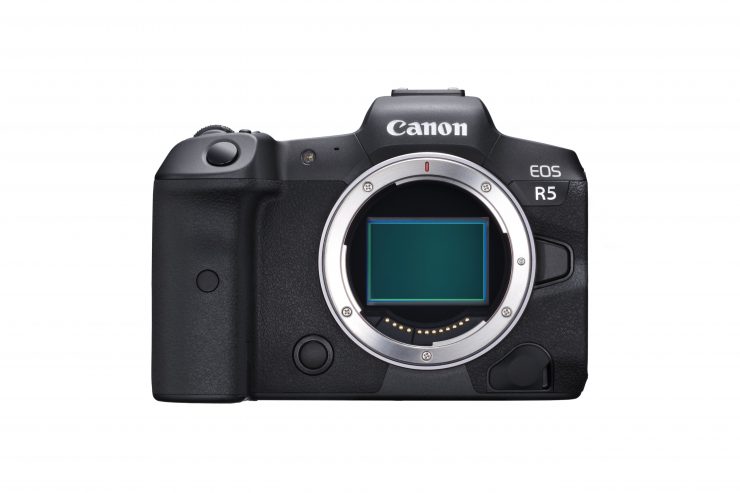
Back in the day, (sorry, another old-timer reference!) we didn’t have an over fascination with the gear. There weren’t a lot of choices and nobody really complained about the gear they were using. Today it seems like there is almost a fanatical fascination with gear. People love to debate and argue over what gear is best.
You don’t need new gear to create good images. Almost all of the cameras that have been released over the last 10 years are capable of producing good results. You don’t need the latest and greatest camera or piece of kit to do your job. The only camera you need is the one that works for you and pays your bills. If you are a full-time working professional in this industry you buy the gear that your clients want and that pays the bills.
A lot of times we buy gear that we later regret purchasing. How many of you out there have bought a piece of kit that you hardly ever use? I have bought numerous items over the years that I hardly ever used or that just sit on the shelf gathering dust.
Be smart and don’t buy gear you don’t need. In saying that, always keep a lookout for good deals and buy at opportune times when you have the spare cash to do so. Don’t go loading up credit cards or taking out loans to buy equipment if you can avoid it.
Let us know your thoughts over on the forum.
Like what we do and want to support Newsshooter? Consider becoming a Patreon supporter and help us to continue being the best source of news and reviews for professional tools for the independent filmmaker.




